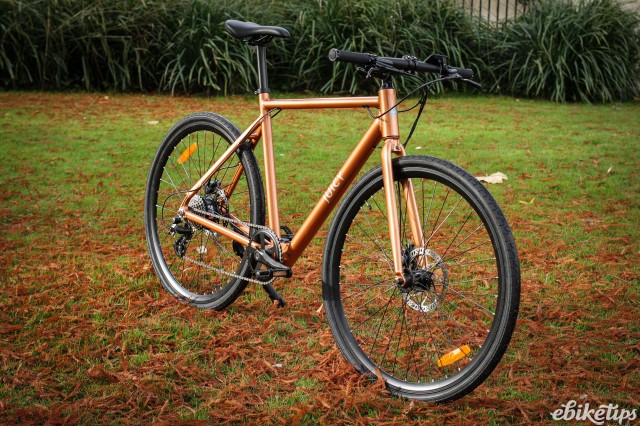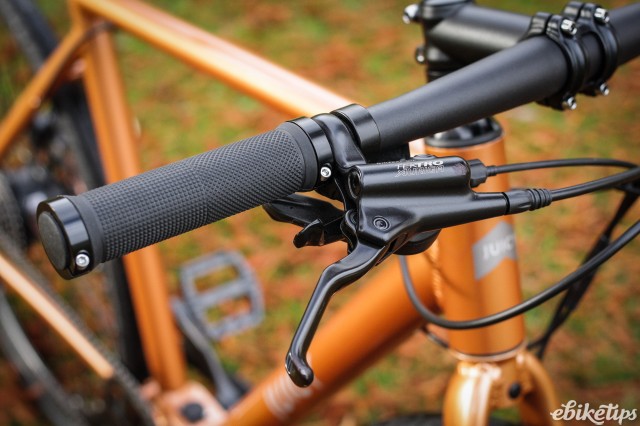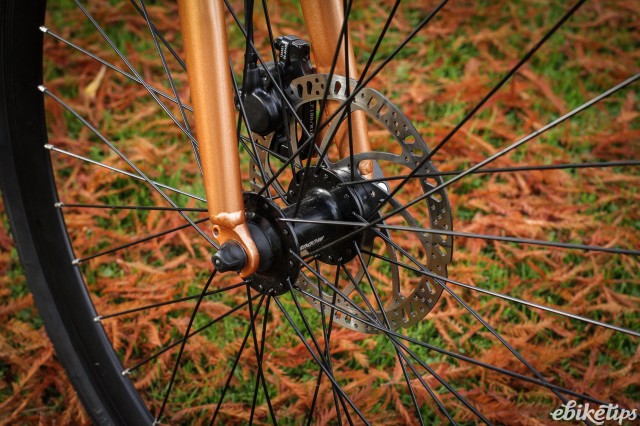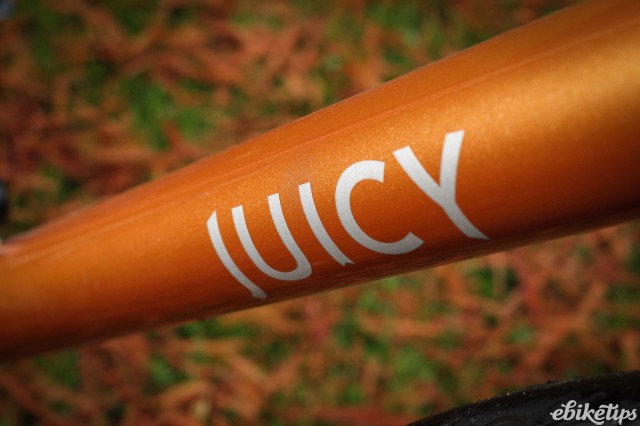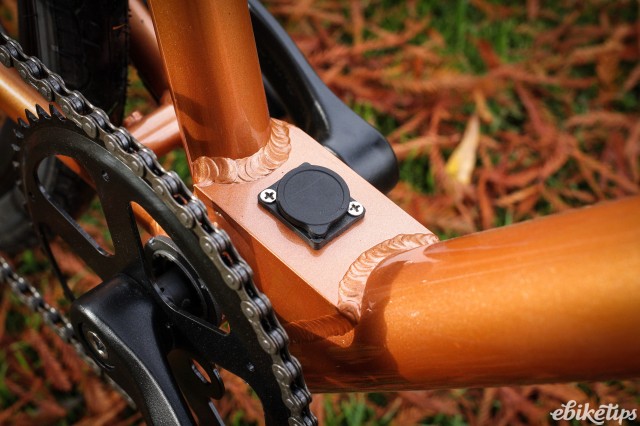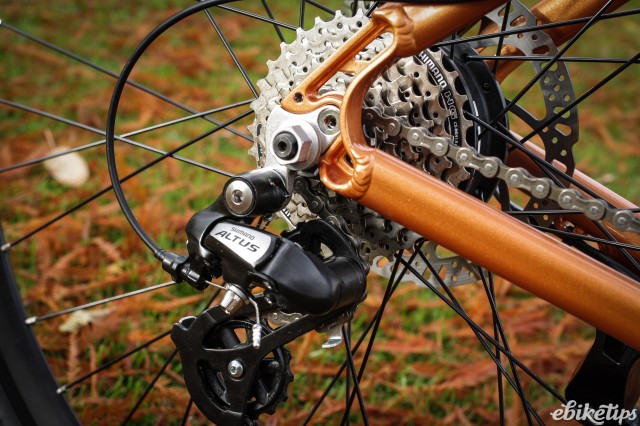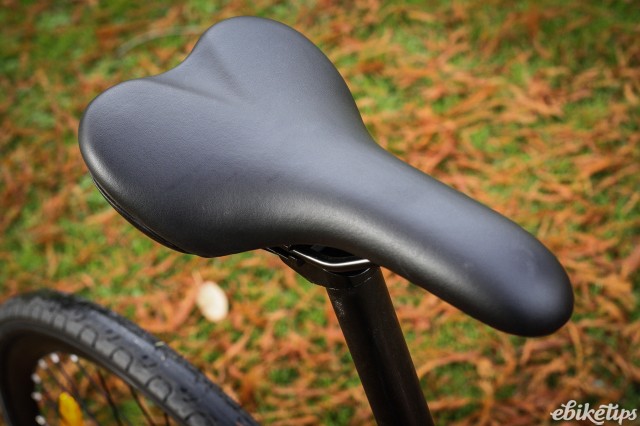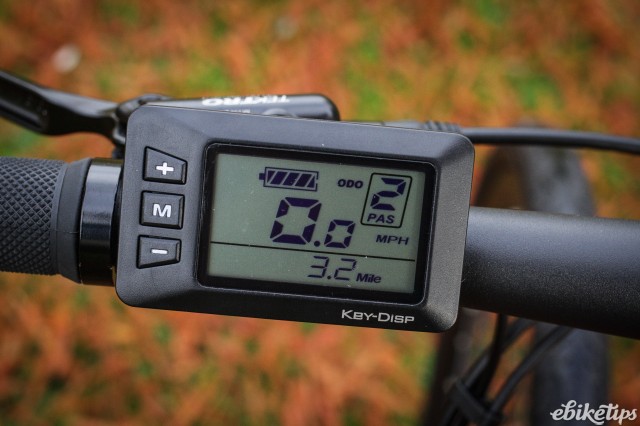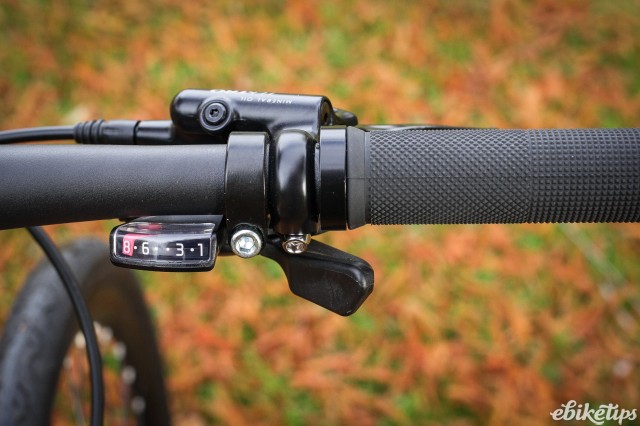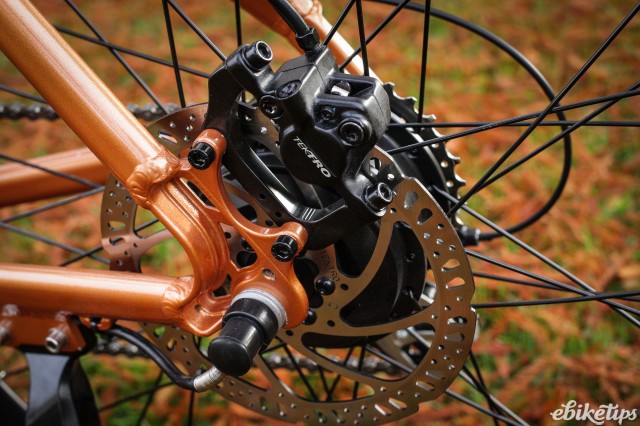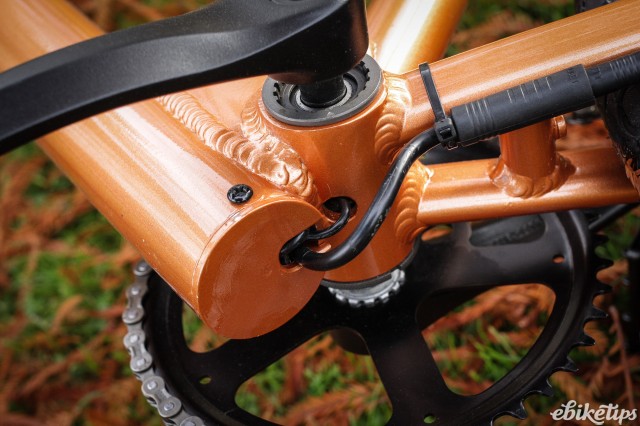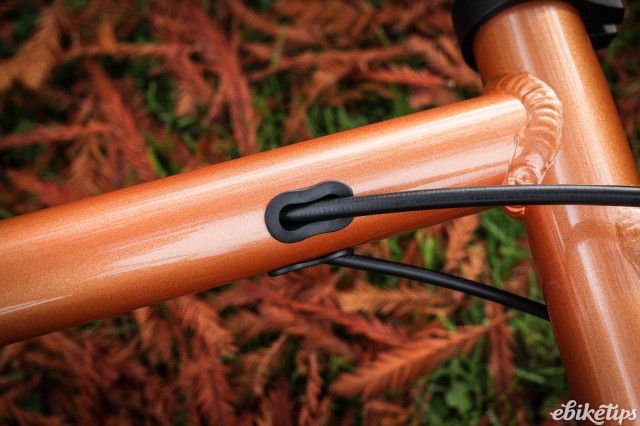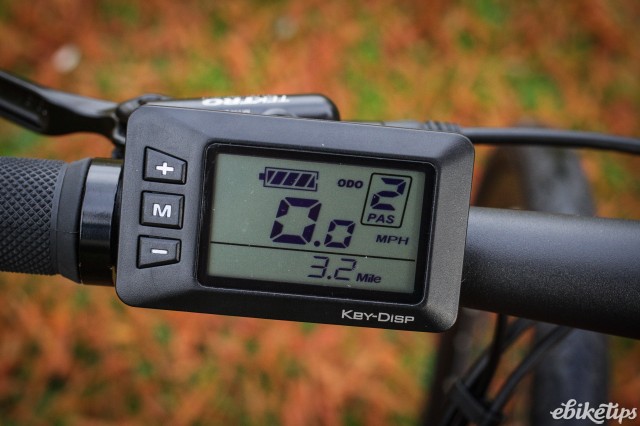Juicy Bikes Ticket
Overview
- Good looking with hidden battery
- Motor system is powerful
- Range is good for the battery size
- Battery level indicator is misleading
- Ride is very firm
The Juicy Ticket is a fun city bike that has a good motor system. If you want something that doesn’t shout e-bike, and you’re okay with the firm ride, then it’s an enjoyable way to get around the city, and the light weight means it’s easier to manhandle than a bigger mid-motor bike.
The ride is best described as firm. There’s no suspension of any kind save for the tyres, and those are a bit stiff and possibly better swapped for something a bit more supple. The reasonably narrow bar is stiff too and the padding on the grips is pretty minimal; I’d like to see the bike get some more cushioned ergonomic grips as standard. The saddle I found reasonably comfortable but again, at the rear you’re not getting any suspension, or much help from the tyres. It’s a direct-feeling bike, but the overall comfort level could be improved with a few pretty easy component swaps. Handling is very good, with Ticket feeling very nimble around town. The narrow bars and lively steering mean it’s fun in traffic and you can squeeze it through gaps you wouldn’t attempt on a bigger, wider city bike.
At 16.5kg the Ticket is light for an e-bike, and there’s no real drag from the rear hub, so a lot of the time you can ride it without troubling the motor, and once you get above 25km/h – which isn’t that hard – it’ll cut out anyway. For when you do need the motor you get a LCD control on the bars which gives you access to the four assistance modes, as well as acting as a bike computer. The Ticket uses a torque sensor, and although power isn’t instant to the rear wheel it’s better than most cadence-sensing bikes.
There’s plenty of power, too. My benchmark commuting hill is 1.5km at 5%, with a 12% section, and I was plenty happy buzzing up that in the third of the four power settings, only switching up to maximum for the really steep bit. It’s quite an impressive motor system really, performing better than most of the hub motor bikes I’ve pointed at the hill. Partly that’s probably down to the bike’s overall low weight, but it’s not just that. The gear range from the 8-speed derailleur setup is just about right, too. Going down the other side the Tektro hydraulic discs offer powerful, dependable braking no matter the conditions.
Given the small size of the battery at 280Wh, the range is decent too. With the bike mostly in level 3 I managed three round trips of my commute, which is about 25km and 500m of climbing overall. I’ve had 400Wh bikes that haven’t managed more than that, so that’s a bit above average considering the capacity. On the flat you’ll easily manage the very conservative 18 miles (29km) that Juicy claim for the range; the realistic range for flattish riding is probably 40-50km.
My one bugbear with the motor system is that the battery display on the LCD control doesn’t accurately reflect how much juice is left as it’s too much influenced by the current drain of the motor. So when you head up a big hill the battery bars can easily drop from five down to two, suggesting that you’ve used more than half the battery. But if you turn the bike off and give it a couple of minutes, then turn it back on, likely you’ll be back up to four. If you know the state of the battery it’s okay, but if you can’t remember when you last charged it then it just introduces a bit of range anxiety where none is really required. It needs attention.
Charging is easy and quick (about three hours to full); you’ll need to put the whole bike somewhere you have power as you can’t remove the battery. The charge port above the bottom bracket is easy to access, although it does look to be in a position where water ingress could be an issue long term, so make sure you keep the port cover snug if it’s wet out.
The bike I was riding wasn’t quite the production spec, although it was close enough to draw some conclusions, and the motor system was the production spec. One thing that I had problems with on the review bike was that the chain would drop off the chainring. With a single ring, no chain retention device, no thick/thin chainring and a normal non-clutch rear mech there wasn’t really anything stopping that from happening. The production bike has a chainring with a guide on either side, so it shouldn’t be a problem. The other main change is the fork, but that’s mainly a cosmetic change for a better-looking one: it’ll still be alloy and the geometry won’t change, and nor, I suspect, will the firm feel at the bars.
In a lot of ways this is a similar bike to the Ampler Stout we recently tested: an alloy-framed, hub motor city bike with an internal battery. The Ampler is considerably more expensive, and you get to pair it with your phone if that’s a thing that you like to do, but in terms of performance there’s not really much in it, and if anything the Ticket has a slightly more powerful motor system. As reviewed here it’s not quite as classy-looking, but if you did it in a nice gunmetal grey and added some good-looking mudguards you’d barely be able to tell the difference. A bit like this:
Looks good, right? Anyway, for £1,549 it’s a pretty compelling bike if you’re looking for something that’s stylish and not obviously electric, with a helpful motor system and a decent range. At this price you’re venturing into the kind of money that’ll get you a Bosch mid-motor bike, and if you’re looking for maximum range and assistance for your spend then that’s probably the way to go. But if you favour a light, nimble bike that you can ride some of the time without power and add some assistance when you fancy it, the Ticket is well worth a look. I’d like to see a full city spec version with integrated lights and mudguards too.
1 comments
Thank you Dave for all your comments - we appreciate any pointers to building better bikes!
Readers might be interested in the colour options, battery sizes and our winter kit for mudguards, lights and rack. See them all at our website in the EBikes for Commuters section.
